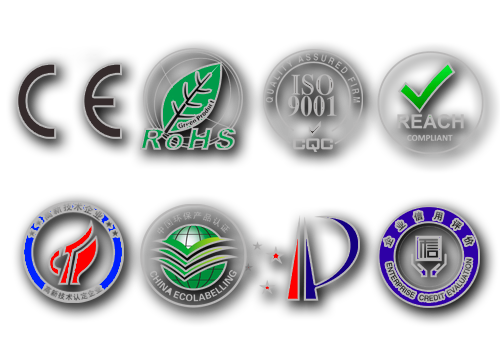Efficient filters h13 and h14 efficiency standards
Efficient filters h13 and h14 efficiency standardsFor ISO5 unidirectional flow, use ISO40H class (99.99% retention rate of low penetrating particles) high-efficiency filters.For non-unidirectional flows below ISO5, use ISO35H class high-efficiency filters (99.95% retention of low penetration particles) ISO35H and ISO40H class filter retention efficiency standards are as follows: 1.High-efficiency filters at the end of air conditioning systems (including the partitions of partitioned filters) should not be made of hydrophilic materials and should not be made of materials that can easily harbor microorganisms. 2.The filter material for high-efficiency filters h13 and h14 is generally glass fiber, but should not contain glass fiber with high sodium and potassium content that is prone to degradation. 3.A pre-filter should be set up in the air supply system, with a pre-filter retention efficiency of not less than 90%. 4.The pre-filter section should have a simple and practical resistance monitoring device, which gives accurate and intuitive information on filter replacement. What are the leak detection methods for high-efficiency filters with complete specification parameters? 1.The use of particle scanning methods may consider the integration of several sets of high-flow sampling heads or the use of multiple counters to save time. 2.High-efficiency filters h13 and h14 are not 100% particle blocking, e.g. 99.99% efficiency filters, meaning that there is no more than 0.01% leakage overall. 3.Filter patching: In general, it is not recommended to patch filters at the installation site. |

 German
German French
French Italian
Italian Portuguese
Portuguese Japanese
Japanese Korrean
Korrean Russian
Russian




